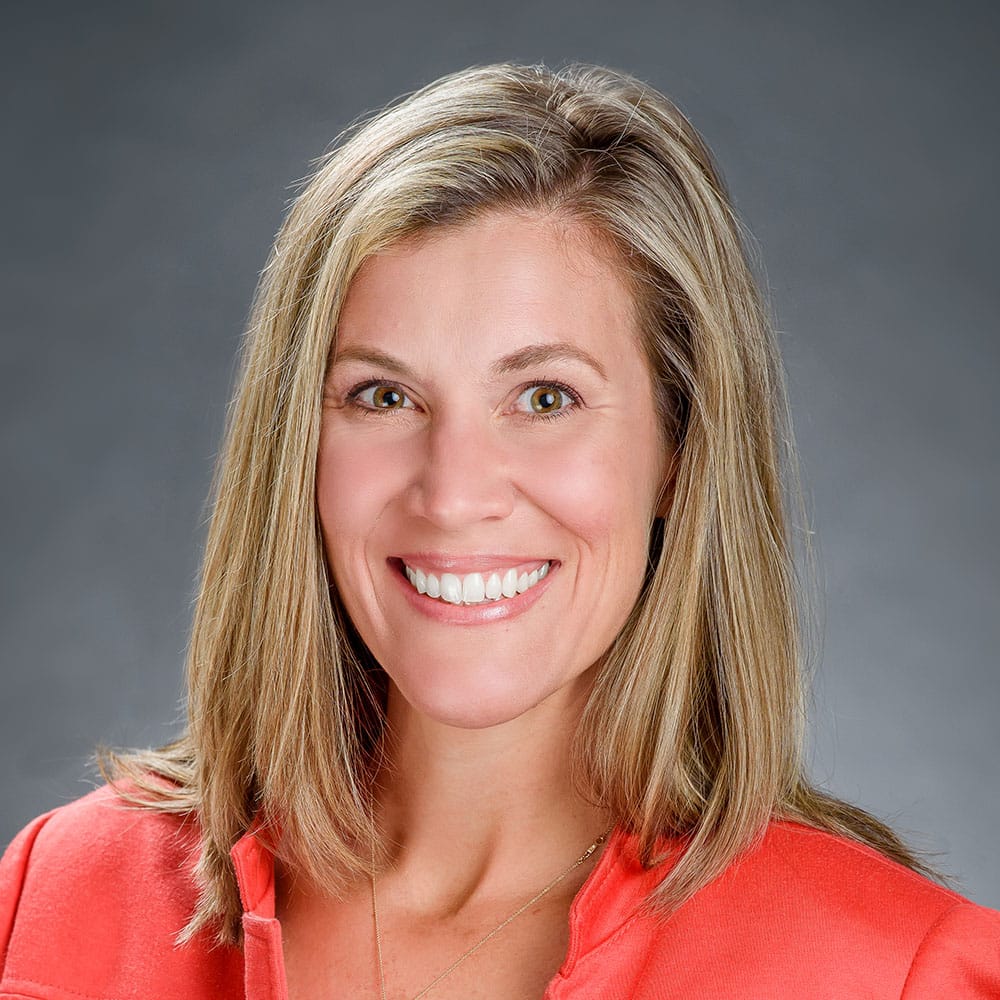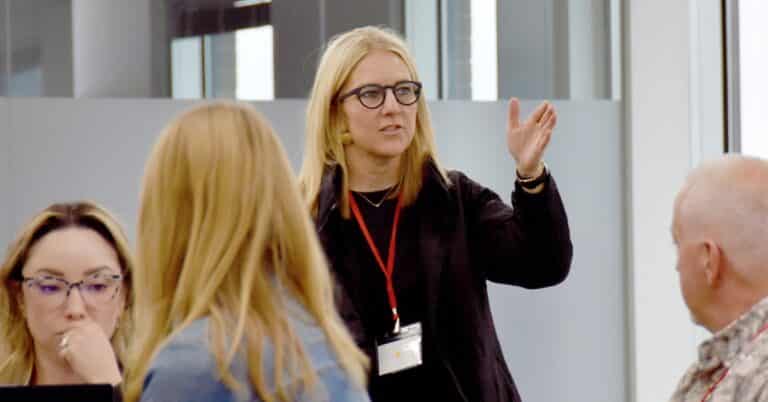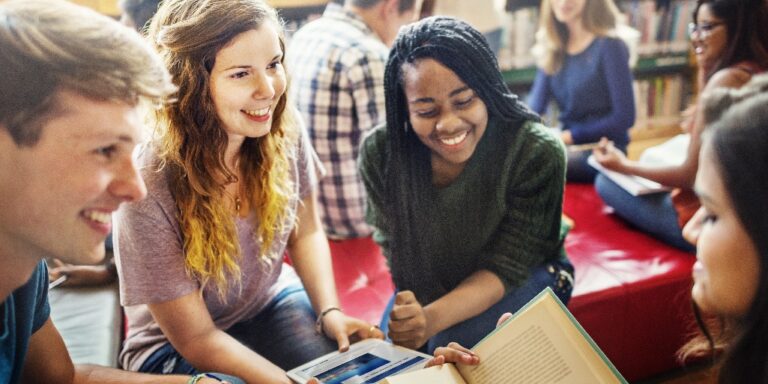Located in the heart of Minnesota, the Shakopee School District serves nearly 7,500 students across five elementary schools, two middle schools, one high school, an alternative learning center and an early childhood school.
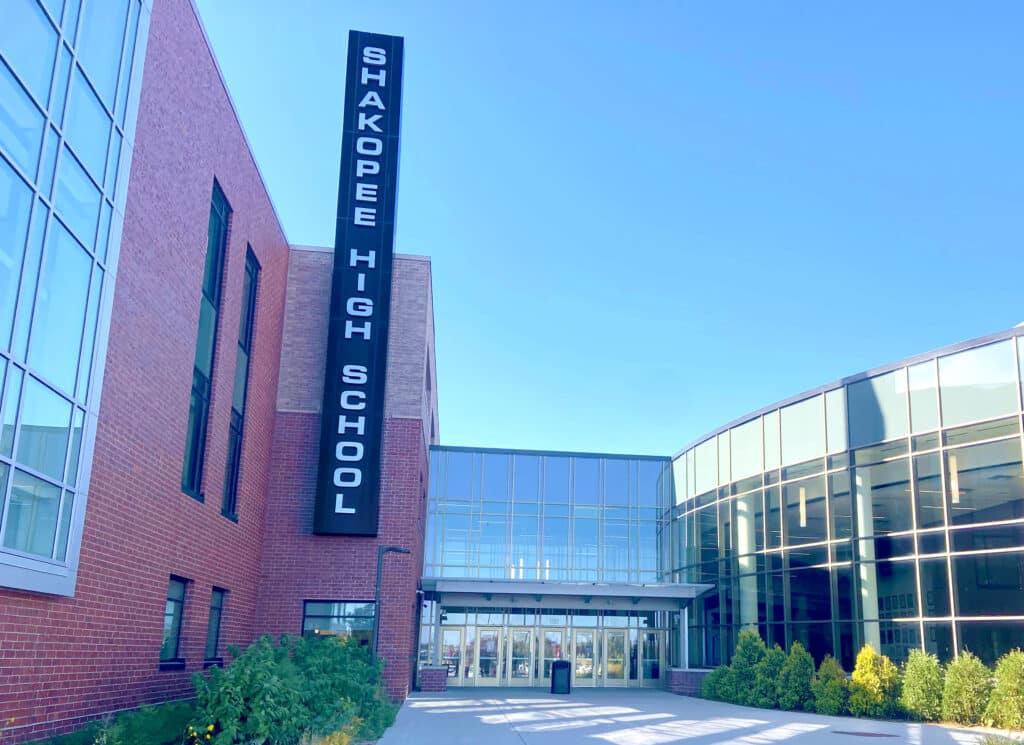
In 2018, a bond referendum approved an expansion of the high school and leaders seized the moment as an opportunity to not only expand but to reimagine how the facility could be leveraged to bring future-focused learning to the next level.
“The question we asked ourselves is how can we create a facility and structure that will help us truly meet the needs of each and every learner,” Shakopee High School Principal Jeff Pawlicki said. “And then, how do we internally organize for future-focused learning while ensuring the school has a small community feel?”
From there, the Academies of Shakopee was born.
Designing opportunities through pathways and partnerships
Housing eight professional academies, each with its own physical space inside the school, Shakopee rivals many state college campuses. Boasting two theaters, art studios, a health care simulation lab, a commercial grade kitchen, 3D printers and the latest engineering machinery and makerspaces, Shakopee is fueling innovation and engagement. This isn’t just a school; it’s a living, breathing learning ecosystem.
Shakopee student ambassadors Mallory Swartz (Grade 11) and Justin Yin (Grade 12) welcomed visitors with warm, though slightly nervous, smiles. As the school site visit progressed, both students shared their personal experiences, with their pride and enthusiasm for their school becoming increasingly evident. Mallory, a student in Shakopee’s Engineering and Manufacturing Academy, expressed excitement as she described how her classroom experiences are directly preparing her for real-world applications.
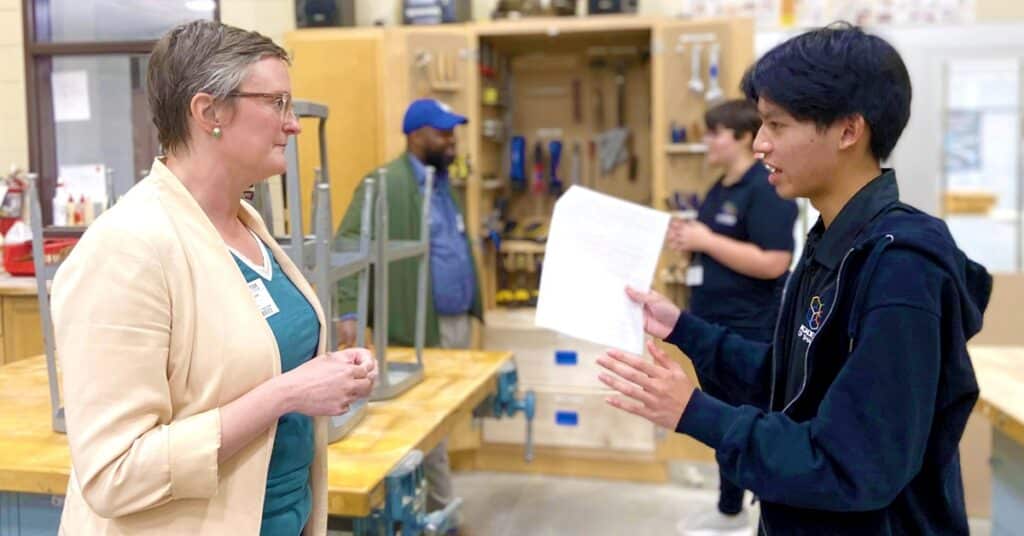
“I love my classes. We get to use programs like CAD, Inventor and Revit – software that they are actually using to make 3D models of buildings and objects. These cost a lot, and we have access here,” she said.
Bayer Crop Science, a global corporation, is the Engineering and Manufacturing Academy’s “Champion” who has committed resources, machinery and talent to support such learning experiences.
The first stop on the tour was the Arts and Communications Academy, where the Shakopee Mdewakanton Sioux Community serves as the Academy Champion. This federally recognized tribe provides Indigenous learning and workforce development opportunities for the academy.
Corporate and community commitment exemplifies the collaborative spirit that underpins the Academies of Shakopee model, where industry partnerships align with a structured approach to career exploration and preparation. This model ensures that students are thoughtfully guided through professional pathways, culminating in personalized and purposeful learning experiences.
Progressing through pathways
Instead of random electives, Academies of Shakopee students are encouraged to explore professional pathways. At the middle school level, students are exposed to the various options that will be available to them once they reach high school. During 9th grade, students participate in the 9th Grade Academy where they can more formally experience the foundational courses of the different academies. Selections are then made for years 10-12.
When asked if students are “locked in” to a career pathway once they choose an academy, Pawlicki noted that the goal is not to track students into a profession, but rather to help learners find their passions earlier by exposing them to a variety of possibilities. As students’ progress in the academy model – one of only two in the state – the focus is on readiness, relationships and relevance. “… So they can see the connectedness between what they are learning and the real world,” he said.
A common misconception about these interest-based academies is that students are being asked to make big decisions about their future careers. In reality, these academies are much more than a way to organize students by interest – they serve as a framework that allows students to explore and engage with subjects they’re passionate about in small learning communities that are directly mentored by local, national and sometimes international organizations.
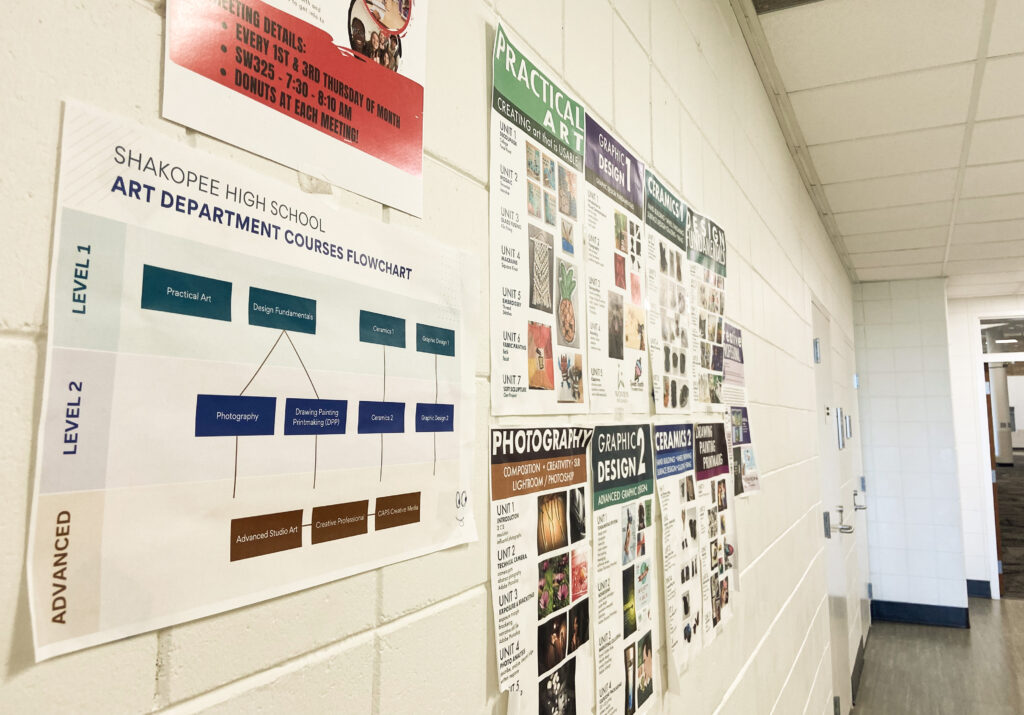
“There is plenty of room in the schedule for students to explore other electives,” Pawlicki notes. It’s not about narrowing choices; it’s about opening doors and helping students find inspiration.
Could a student in the Arts and Communications Academy pursue science? Absolutely. But they might find that science exploration more meaningful and engaging if they can do it through a creative lens.
Pawlicki says that this purposeful approach is also intended to ensure a coordinated experience and to create a “community feel” in a big space. With nearly 3,000 high school students – the model essentially creates eight “schools within a school” with each academy serving between 300 and 400 learners.
And, rather than organizing its administrative and educator structure around grade levels, each career academy has dedicated teachers, counselors and assistant principals that serve the academy in a “hub,” allowing students to form stronger relationships with both peers and adults involved in the program.
The power of community partnership in building real-world instruction
Superintendent Mike Redmond, Ed.D., discussed the district’s “Champions” program and its partnerships with local government, the chamber of commerce, local businesses, the Indigenous community and other organizations. Redmond emphasized the significant value these relationships bring to students’ learning experiences. Community support includes financial donations and contributions of industry tools and software, but some of the most impactful contributions involve professional mentoring, collaboration in instructional design and refinement and sharing industry-related knowledge.
“What we are truly looking for is a contribution of time and talent. A partnership. How can we work together to provide meaningful and authentic learning experiences that better prepare each and every student,” he said.
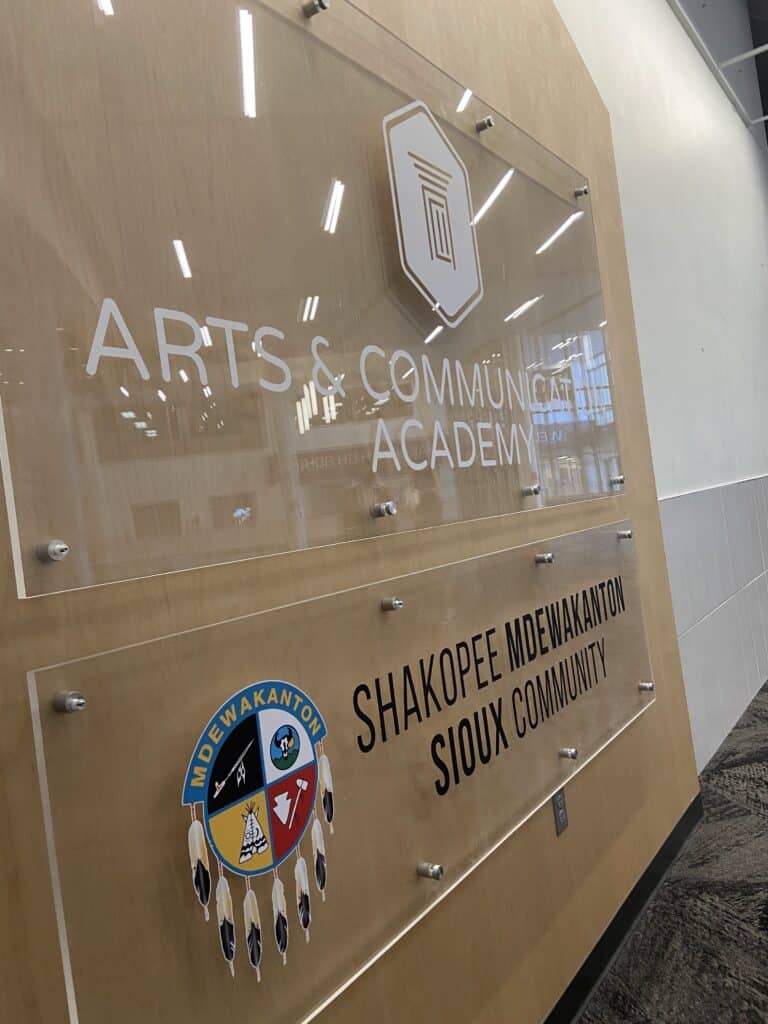
Each of the eight professional academies has one or more local “Champion” – organizations that have committed at least 3,000 hours/$60,000 in annual contributions of time and expertise to help shape curriculum and learning – and not just for the students but also for the educators.
“Too often in traditional education we stifle ideas before we even know if they can have traction,” he said. “Here we make room for that kind of partnership and collaboration.”
Champions range from global powerhouses like Entrust and medical centers like St. Francis Regional to local businesses and governmental entities.
The enthusiasm of both students and leaders at Shakopee Public Schools is evident. The district is not only preparing students for the future but is also shaping a community of innovators, problem-solvers and leaders. Shakopee’s personalized academic programming, flexible workspaces and opportunities for interest-based exploration highlight its commitment to reimagining education. The district stands as a model for how schools can ensure each and every student is fully prepared for college, career and beyond.
Tips for the Student-centered Learning Advocate
Reflect: Who were your biggest champions growing up? How did they shape the direction your life took?
Consider: Who are potential community partners where you live? How are you already engaged with them? How might that partnership grow?
Act: Invite a small group of community partners for a conversation with students about their passions.
